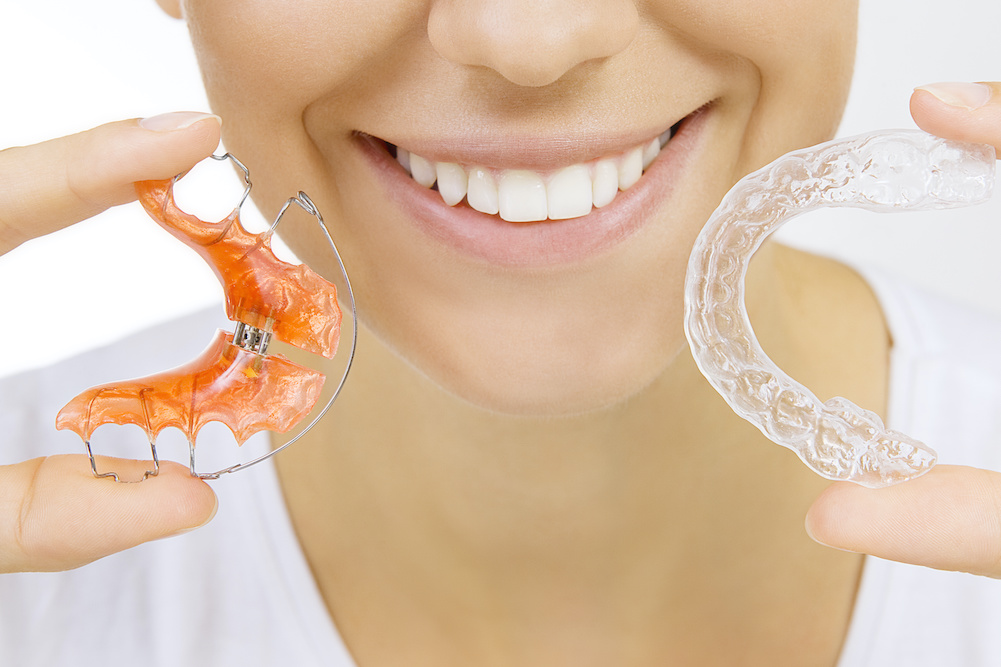If you’ve just completed orthodontic treatment, one of your biggest questions is likely how long should you wear a dental retainer? While braces or aligners move your teeth into the correct position, retainers are crucial for keeping them there. The duration and frequency of Dental Retainers use depend on your specific case, but the general principle is clear: consistent use is essential to maintain your new smile. Without it, your teeth may gradually shift back, undoing all the progress made.
The First Phase: Full-Time Retainer Wear
Immediately after your braces or aligners are removed, your orthodontist will likely instruct you to wear your retainer full-time. This is the most important phase, as your teeth are still "settling" into their new positions.
During this period:
- Wear the retainer 20 to 22 hours per day, removing it only for eating and cleaning
- This phase typically lasts 3 to 6 months, depending on your orthodontist’s recommendation
- Helps your gums and bone stabilize, reducing the risk of shifting
- Daily wear ensures the new alignment becomes permanent
Skipping this stage or inconsistent use can lead to rapid relapse of your orthodontic results.
Transitioning to Night-Time Wear:
Once your orthodontist determines your teeth are stable, you’ll transition to wearing your retainer only at night. This phase still plays a vital role in maintaining your results long-term.
Night-time wear guidelines:
- Wear the retainer every night for the first 1–2 years after full-time use ends
- Continue regular checkups to ensure the fit is still correct
- Night wear helps combat natural tooth shifting, especially as you age
- Some patients may need indefinite night-time wear to maintain perfect alignment
This phase is more convenient and less intrusive but equally important.
Lifetime Maintenance: Is It Forever?
Many people are surprised to learn that retainer wear might be a lifelong commitment. Teeth are never completely "set," and they can move slightly even years after treatment.
Here’s why lifetime use is recommended:
- Aging can subtly shift teeth, especially the lower front teeth
- Wisdom teeth and jaw growth may exert pressure, even in adulthood
- Life habits such as grinding or chewing patterns affect alignment over time
- Wearing a retainer a few nights a week indefinitely helps preserve results
Think of your retainer like a gym membership for your teeth—it’s maintenance, not punishment.
What Happens If You Stop Wearing Your Retainer?
Discontinuing retainer use too early can undo months or years of orthodontic effort. Teeth can begin to move within days or weeks, especially in the initial phase after treatment.
Risks of quitting too soon:
- Crowding or misalignment may return, especially in lower front teeth
- Bite issues might reappear, affecting your speech or chewing
- You may need a second round of orthodontic treatment if the shift is significant
- Permanent retainers may help, but they still require hygiene and care
If your retainer starts to feel tight or uncomfortable, it could be a sign your teeth are already shifting.
Tips for Long-Term Retainer Success:
To make Dental Retainers Treatment wear a seamless part of your life, develop healthy habits and follow your orthodontist’s guidance. Proper use and maintenance will protect your investment in your smile.
Follow these best practices:
- Store your retainer in its case when not in use to prevent loss or damage
- Clean it daily with a toothbrush and mild soap—avoid hot water
- Schedule regular dental checkups to monitor fit and condition
- Replace your retainer every few years if it becomes worn or distorted
- Communicate any discomfort or issues with your orthodontist early on
Consistency and care make all the difference in preserving your results.
Understanding how long should you wear a dental retainer is crucial to keeping your teeth straight and healthy after orthodontic treatment. Whether it's full-time wear in the beginning or occasional night-time use later on, a retainer is your best tool for maintaining that perfect smile for life.





Comments